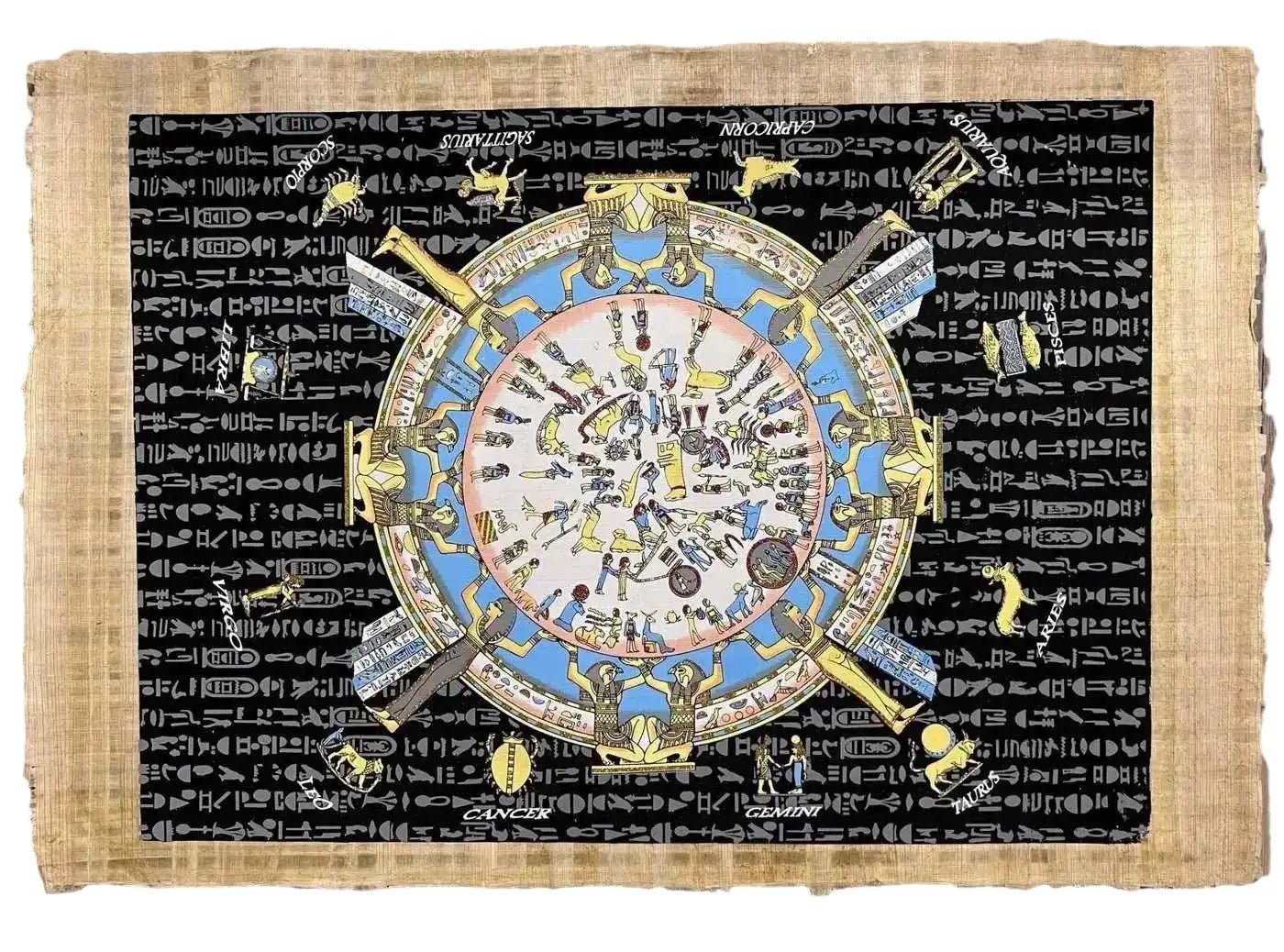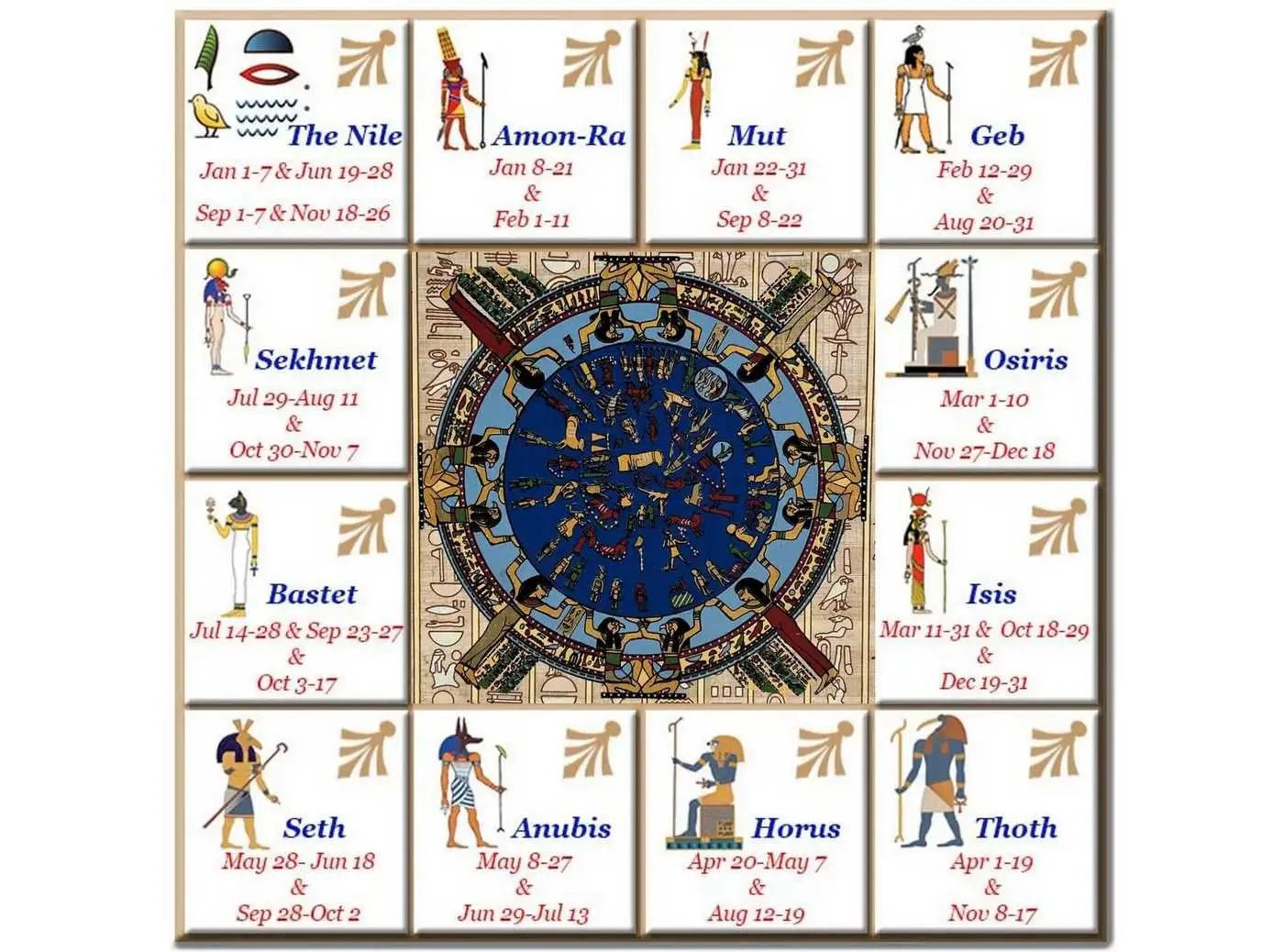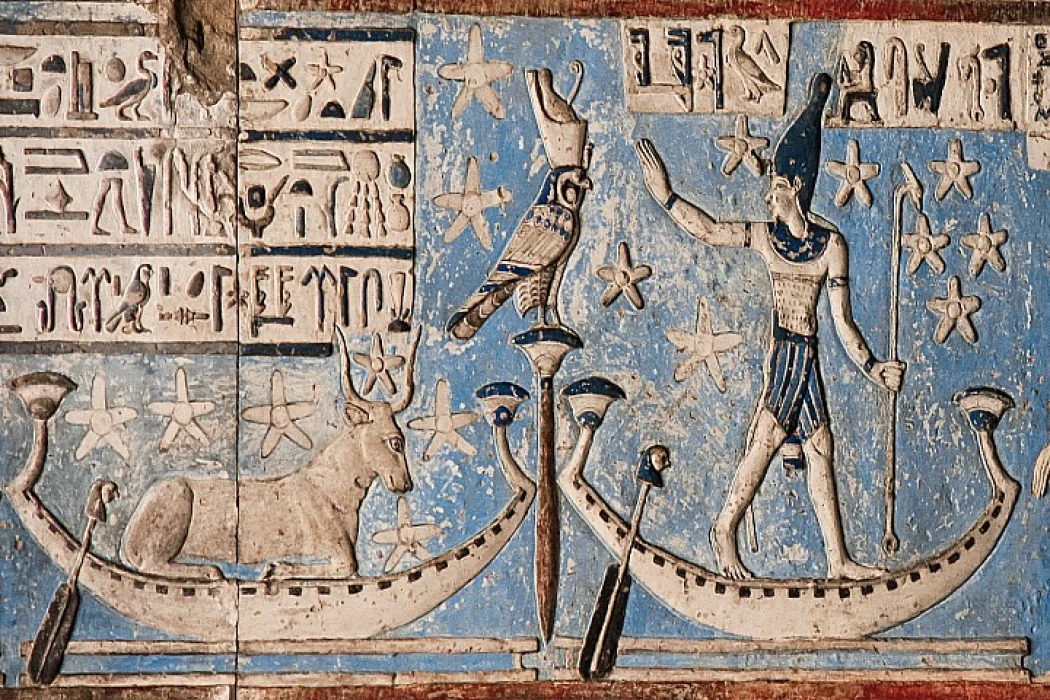The Dendera Zodiac, a renowned Egyptian bas-relief, has captivated scholars and enthusiasts alike with its depiction of constellations and celestial bodies. Found on the ceiling of a chapel dedicated to Osiris in the Hathor temple at Dendera, this unique artifact offers valuable insights into ancient Egyptian astronomy. In this article, we will explore the origins, significance, and purpose of the Dendera Zodiac, shedding light on its role in ancient Egyptian culture and its influence on later astronomical systems.
Unraveling the Mysteries: Dating and Interpretation
François Champollion, a renowned French scholar, played a pivotal role in unraveling the true age and significance of the Dendera Zodiac. Prior to his analysis, the artifact was commonly believed to originate from the New Kingdom period. However, Champollion’s meticulous examination of the positioning of stars and planets depicted on the zodiac led him to a groundbreaking discovery.

In 1822, Champollion accurately dated the creation of the Dendera Zodiac to 50 BC, placing it firmly within the late Ptolemaic period. His expertise in deciphering ancient Egyptian hieroglyphs and his deep understanding of astronomical alignments enabled him to recognize the celestial symbolism embedded in the artwork.
The implications of this dating revelation were profound. The Dendera Zodiac, once thought to be an ancient relic, now stood as a remarkable representation of Egyptian astronomical knowledge from the Hellenistic era. It became evident that the Egyptians of that time possessed a profound understanding of the stars and their movements.
The Dendera Zodiac continues to inspire awe and fascination, inviting us to explore the depths of ancient Egyptian knowledge and their connection to the cosmos. As we gaze upon this celestial masterpiece, we are reminded of the enduring legacy of the Egyptians and their contributions to the field of astronomy.

Mapping the Stars: Function and Symbolism
The Dendera Zodiac is a planisphere—a representation of the stars on a plane—and showcases the 12 constellations of the zodiac band, consisting of 36 decans, each representing ten days, and the planets. These decans were crucial in the ancient Egyptian calendar, which relied on lunar cycles and the heliacal rising of the star Sothis (Sirius).
Unlike other rectangular zodiacs found in the same temple’s pronaos, the Dendera Zodiac stands out with its circular representation. The celestial arch is depicted by a disc held up by four female figures, with falcon-headed spirits inserted between them. The first ring symbolizes the 360 days of the Egyptian year through 36 spirits. Inner circles display the constellations representing the zodiac signs, some resembling their familiar forms, while others adopt a more Egyptian interpretation.

Astronomy and the Egyptian Culture
Astronomy held great significance in ancient Egypt, with its roots tracing back to the third millennium BCE. Egyptians developed a 365-day solar calendar, observed lunar cycles, and used stars to divide the night into hours. The profession of “sky-watchers” emerged, responsible for observing hour-stars and other astronomical phenomena.
Over time, Egyptian astronomy absorbed influences from Babylonian astrological astronomy. Throughout the Hellenistic and Greco-Roman periods, Egypt became a center of astrology, intertwining astronomical observations with notions of a celestial Hereafter and lore about stellar gods.

The Dendera Zodiac’s Legacy and Location
The Dendera Zodiac stands as a testament to the early advancements of Egyptian astronomy and the cultural significance attached to celestial observations. It played a crucial role in determining the annual Nile flooding and aligning the pyramids with the pole star.

Currently, the Dendera Zodiac is on display at the Louvre Museum in Paris, where it continues to intrigue visitors with its intricate celestial mapping and ancient wisdom.
The Dendera Zodiac represents a remarkable achievement in ancient Egyptian astronomy and celestial mapping. Dating back to 50 BC, this unique bas-relief offers insights into the constellations, decans, and planets revered by the Egyptians. As a testament to the cultural significance of astronomy, the Dendera Zodiac continues to captivate audiences at the Louvre, illuminating the rich history and astronomical prowess of ancient Egypt.
